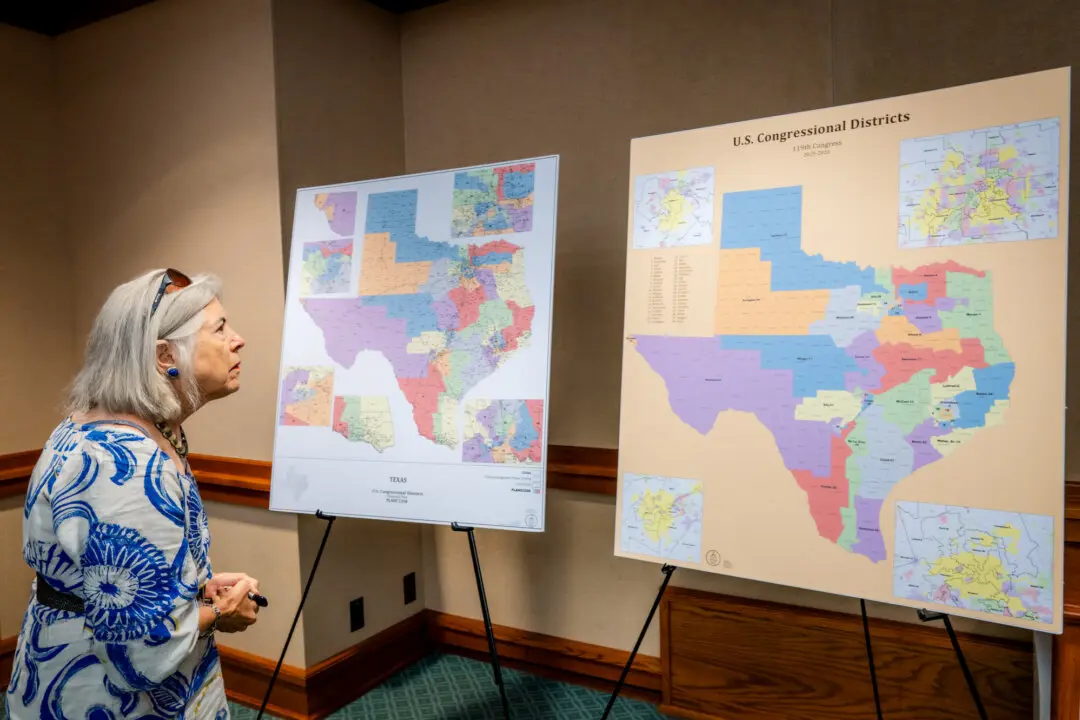Costa Rica has gone green, is the message they are portraying to the world. Since the start of 2015 they have been running solely on renewable energy.
According to a press release by Costa Rican Electricity Institute (ICE), their results have been so successful that consumer electric rates have dropped by 12 percent and ICE predicts them to continue to fall into the second quarter.
The secret to their success comes down mainly to hydropower. The extensive rainfall this year has kept the water flowing in its four major reservoirs. In addition to hydroelectric power, they also have some solar, wind, biomass and geothermal energy, which complete their 100 percent renewable matrix, according to ICE.
To balance out the country’s high dependence on rainfall for power, especially after they faced their worst drought in 50 years in the northwest last summer, a $958 million geothermal project was agreed, as cited by U.S. popular environmental website Clean Technica. The geothermal project will capitalize on the potential to harness energy from volcanos.
This has been part of a six-year bid by the Costa Rican government to rid themselves of dependence on fossil fuels, and it looks like they’re well on their way to making it.
The Costa Rican Government declared its goal in 2009 for becoming carbon neutral by 2021. After decades of deforestation, the country has completely turned itself around to become recognized as a world leader in environmental protection.
This year they came second after Uruguay among Latin American countries in the global competitiveness index. The index is an annual report by the World Economic Forum that assess every country’s levels of sustainability and ability to provide prosperity to their citizens.
In 2014, WWF released a report entitled Green Energy Leaders. Latin America’s Top Countries in Renewable Energy, which ranked Costa Rica first in Latin American countries on clean and renewable energy, stating that “Costa Rica is taking every opportunity to exploit its renewables.”
Challenges
The country still has some significant challenges ahead of it, however, to reach its ambitious goal of being carbon neutral in the next six years.
In order to achieve carbon neutrality, the levels of carbon dioxide being removed from the atmosphere must be on par with the levels being emitted. This could be a problem given that Costa Rica’s transport sector accounts for 68 percent of the nation’s energy consumption, and 86 percent of that energy comes from burning oil, according to an energy report by the Latin American Energy Organization in 2011. Costa Rica’s transportation sector is responsible for the majority of the country’s carbon emissions.
To deal with this, the government is aiming to reduce its dependence on oil for transportation with a goal for having 9 percent of its transportation system electric by 2030.
Costa Rica, has a population of 4,755,234 with a total land mass of 19,729 sq m (51,100 sq km), which is approximately the size of Vermont and New Hampshire together.
“Despite its small size, Costa Rica is taking giant leaps and leading by example: a 100 percent sustainable one. It is an inspiring example for other countries in the region,” states the report.
Other Countries Leading the Way
Other leading countries in sustainability are Iceland, which produces an average of 85 percent of its electricity from renewables, and Switzerland which sits at about 60 percent. In the United States, currently about 13 percent of electricity is derived from renewable sources.
Like Costa Rica, Denmark and Germany have also made great strides recently. From 2013 to 2014, Denmark increased its percent of energy from wind from 33 percent to 39 percent. lt’s aim is to reach 50 percent by 2020 and up to 84 percent by 2035.
Last year, Germany produced 31 percent of its energy from renewables, up from 6.3 percent in 2000. The change is mainly from enormous innovations in solar energy. On May 11, 2014, Germany achieved produced 75 percent of its electricity via solar power.



